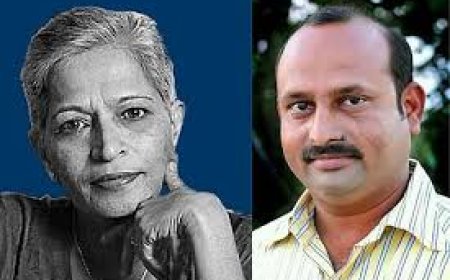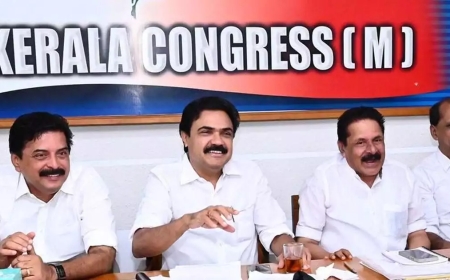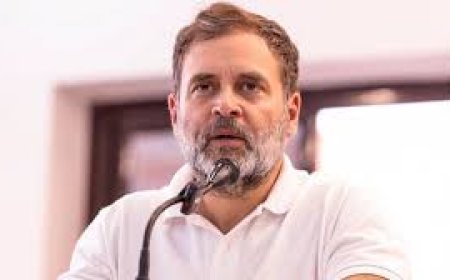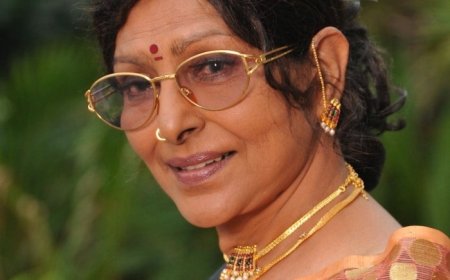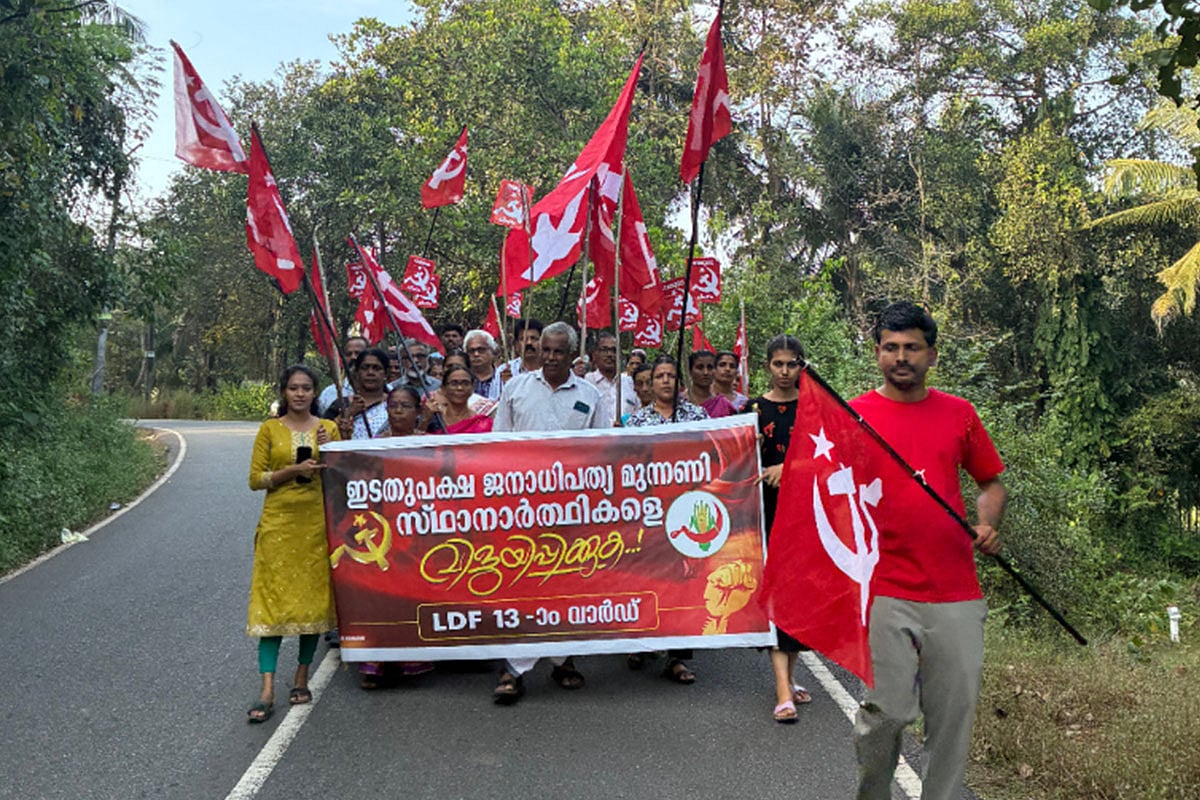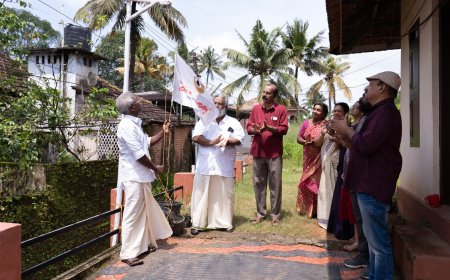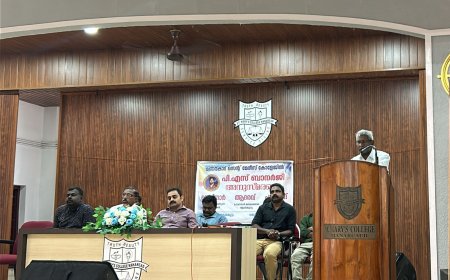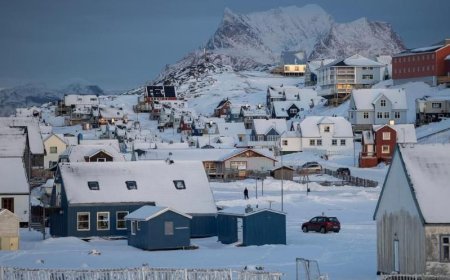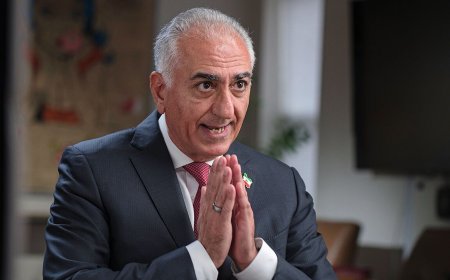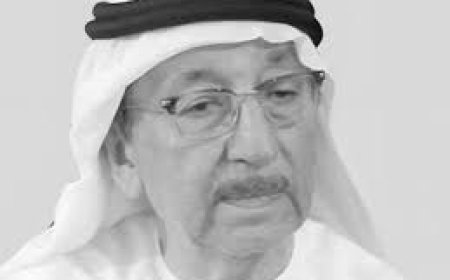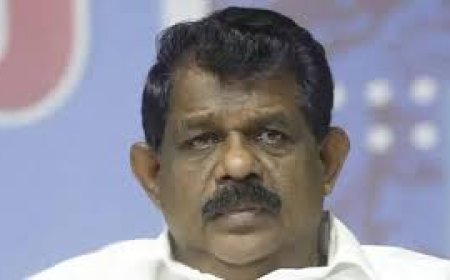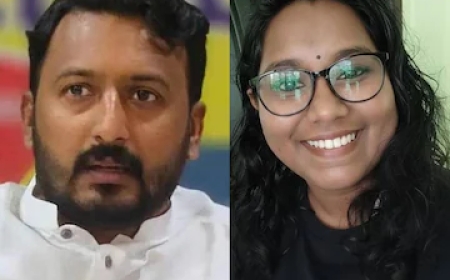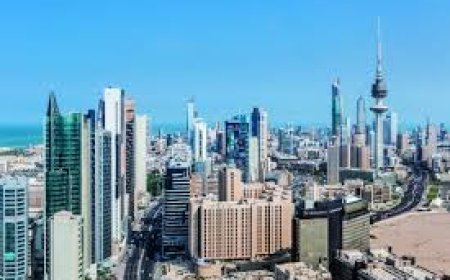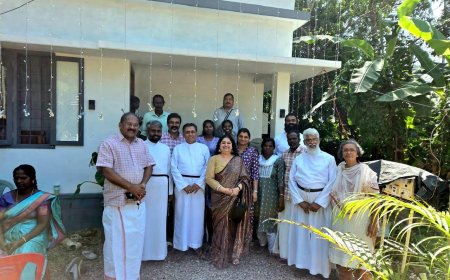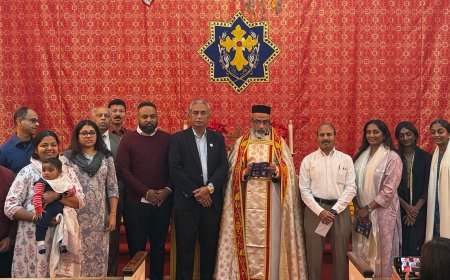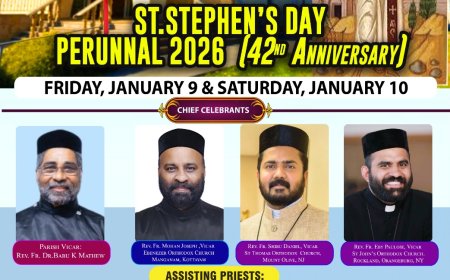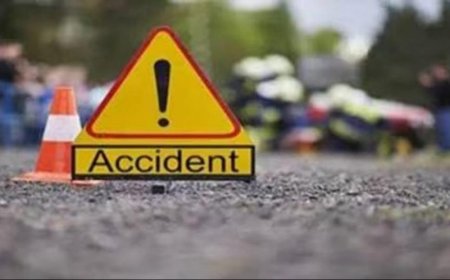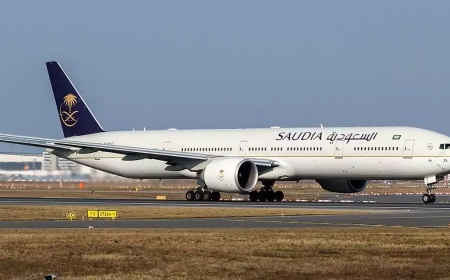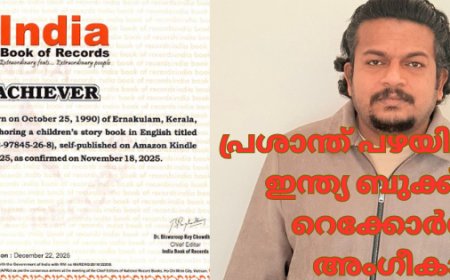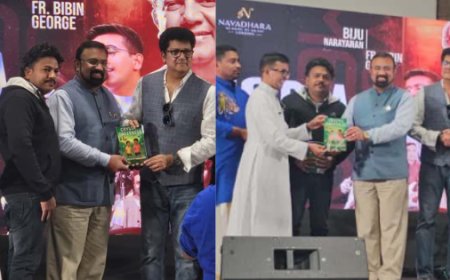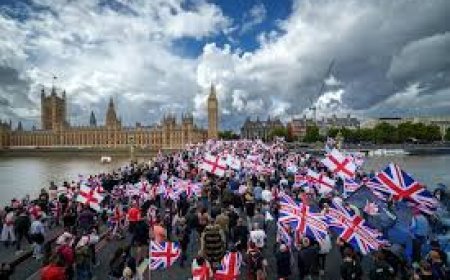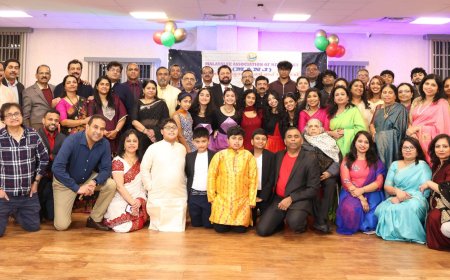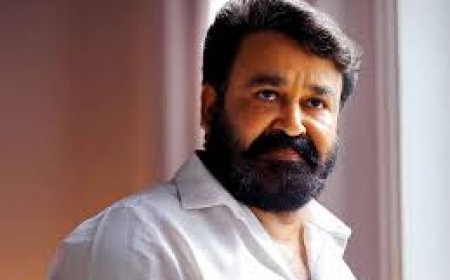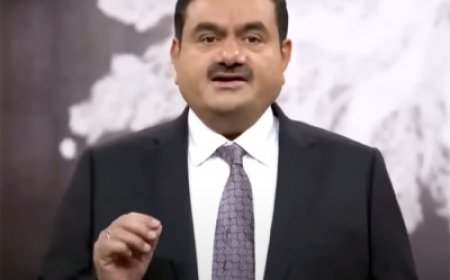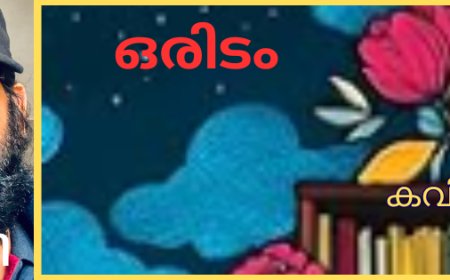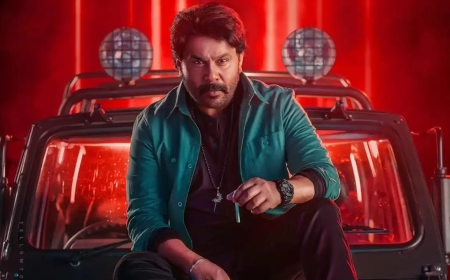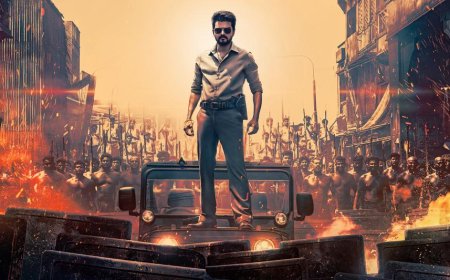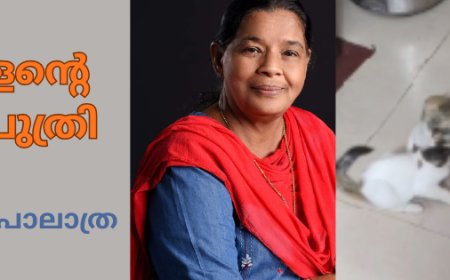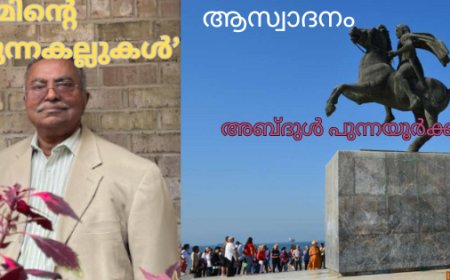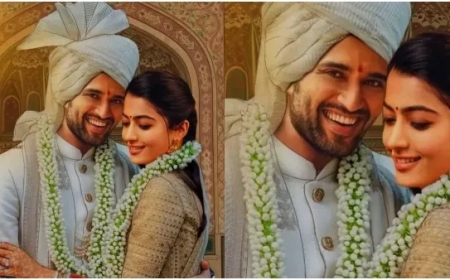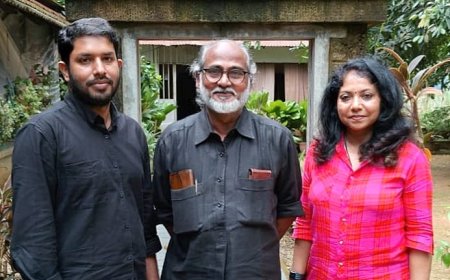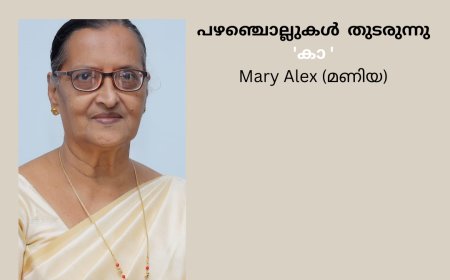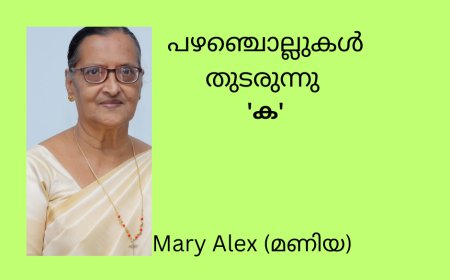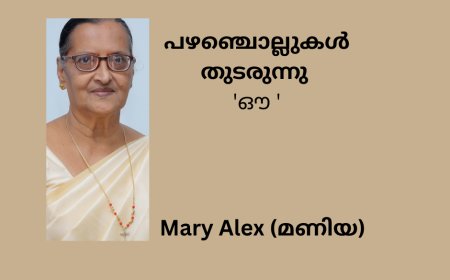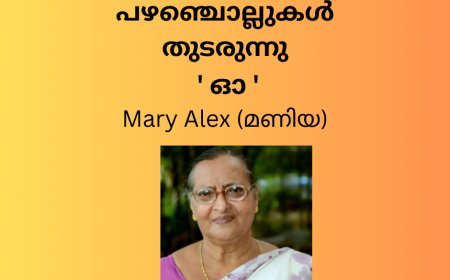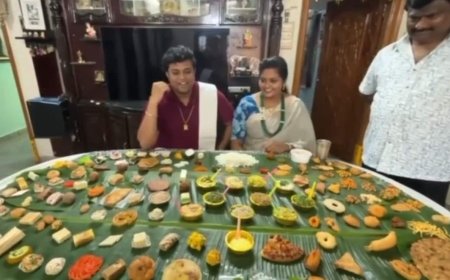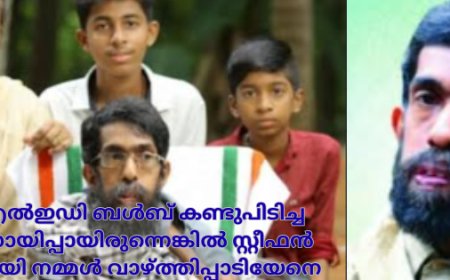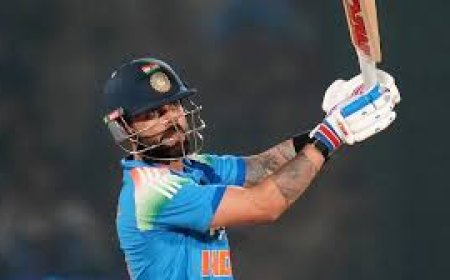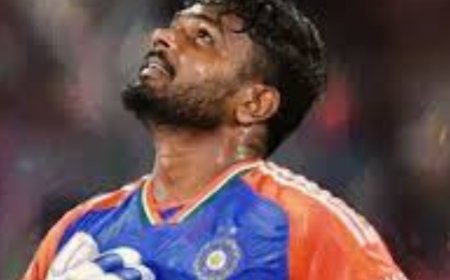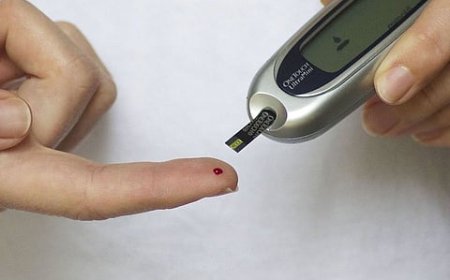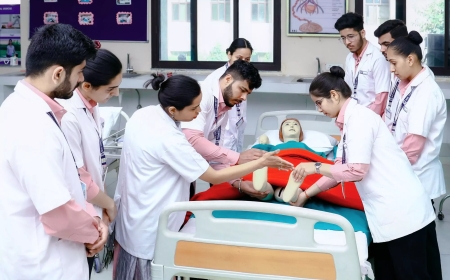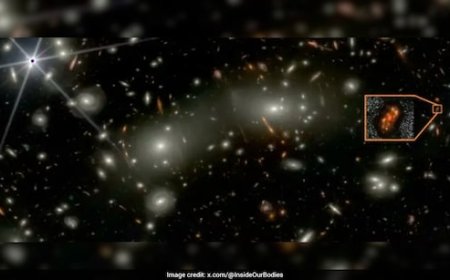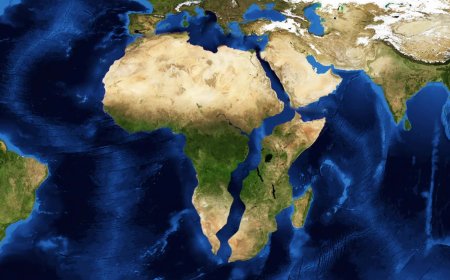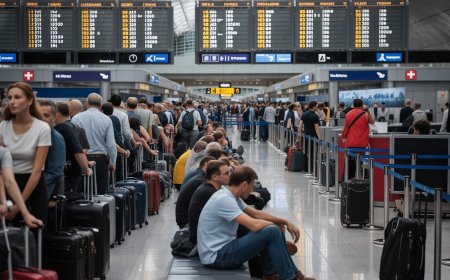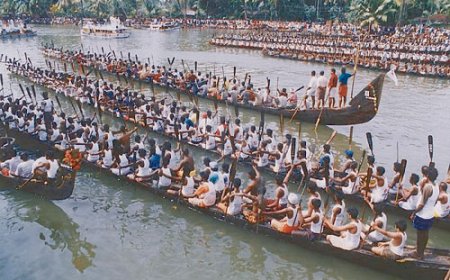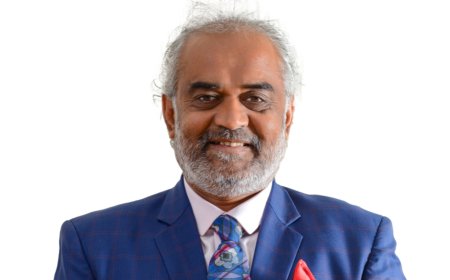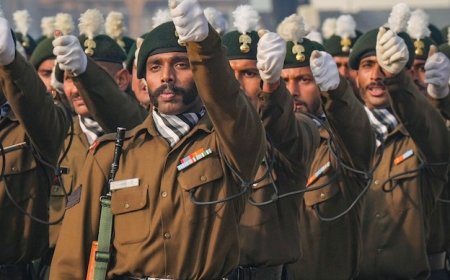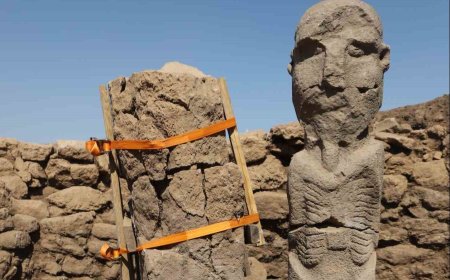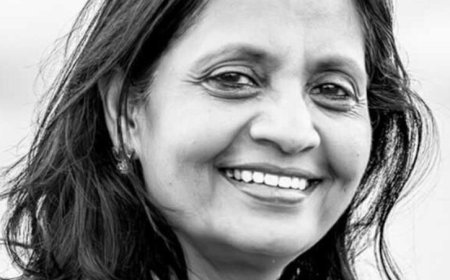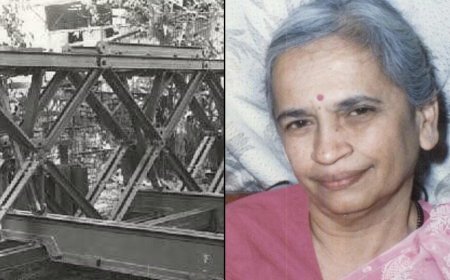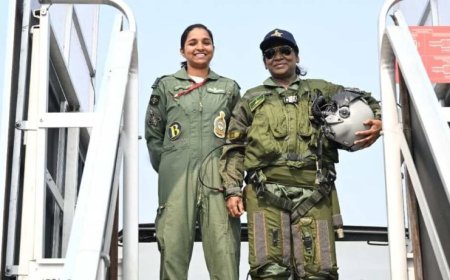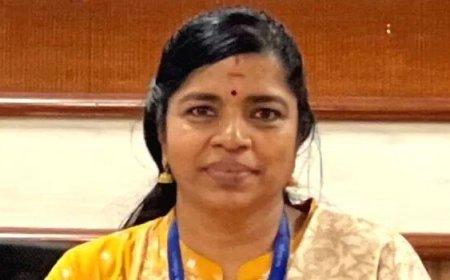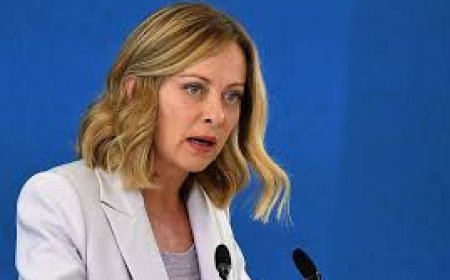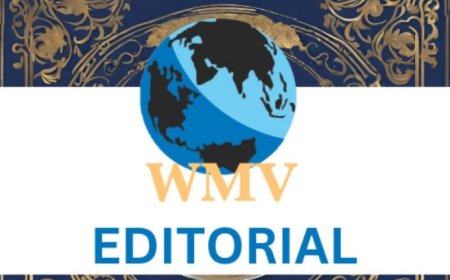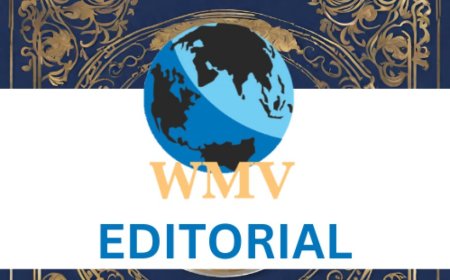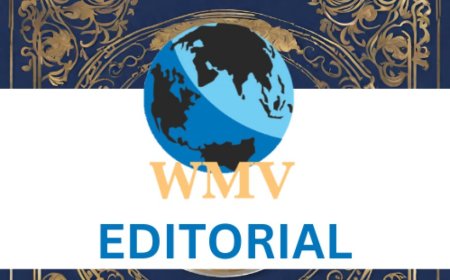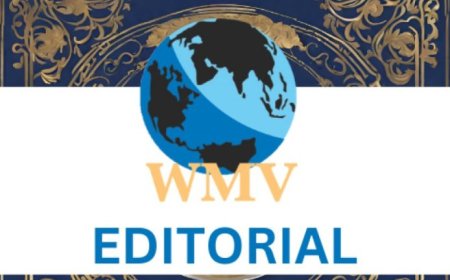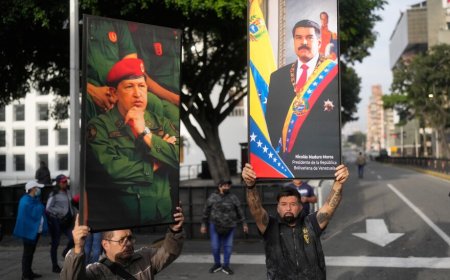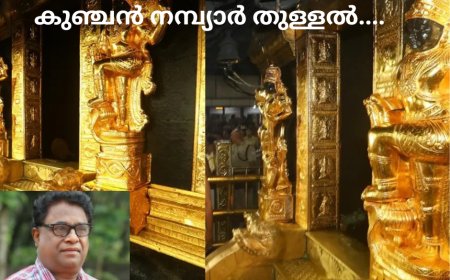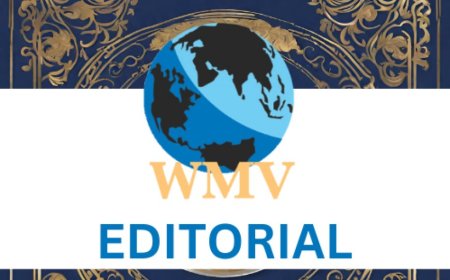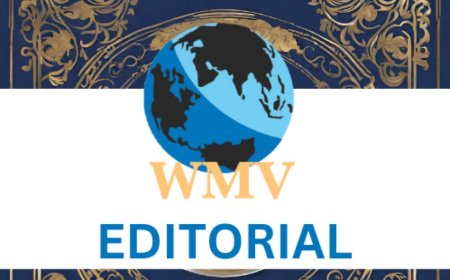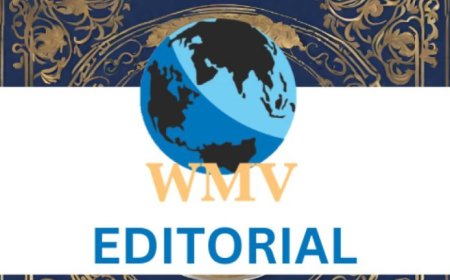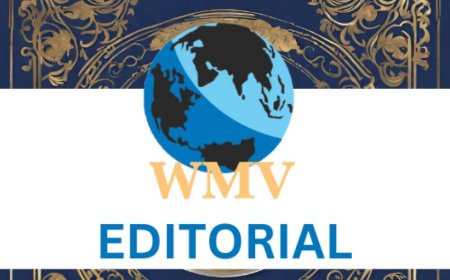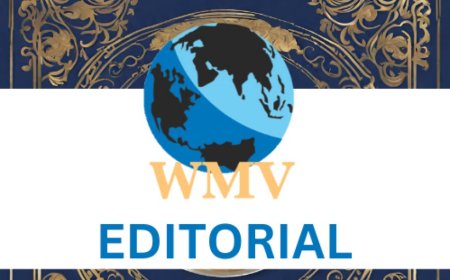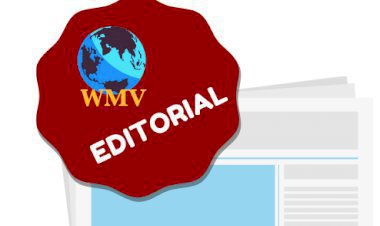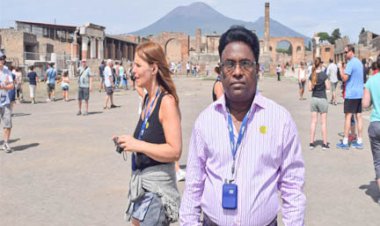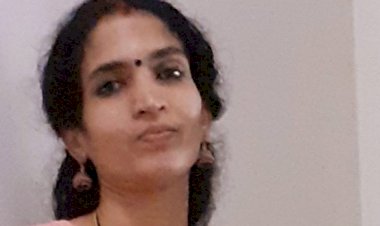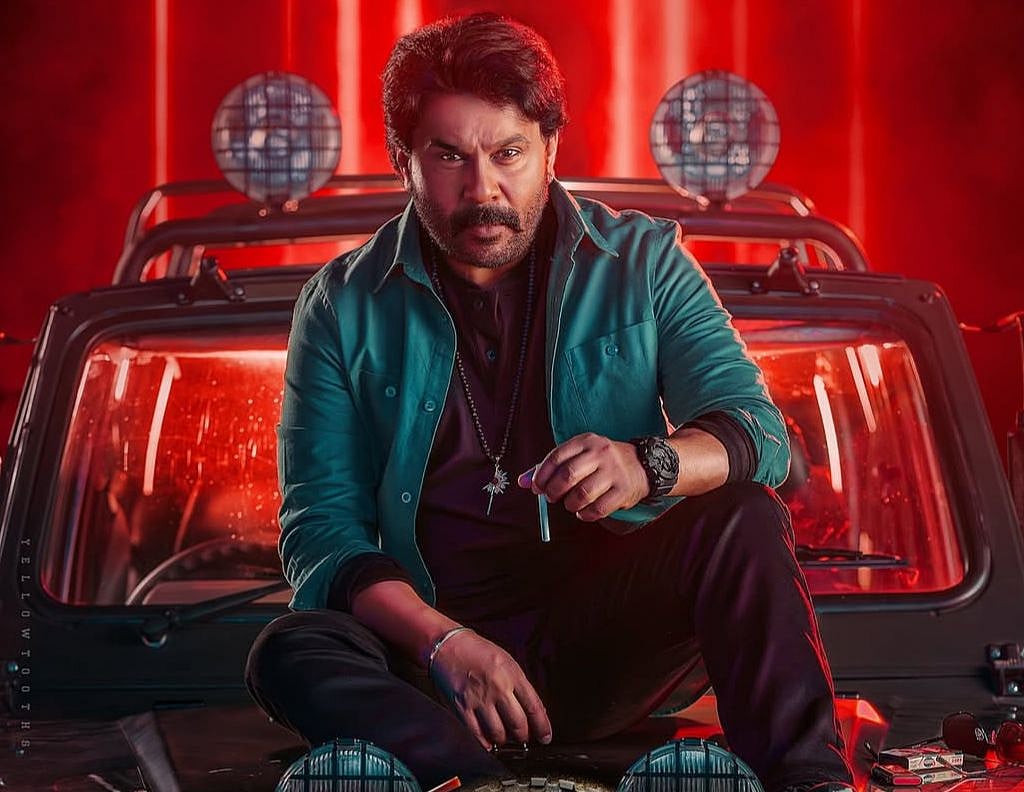Democratic political systems
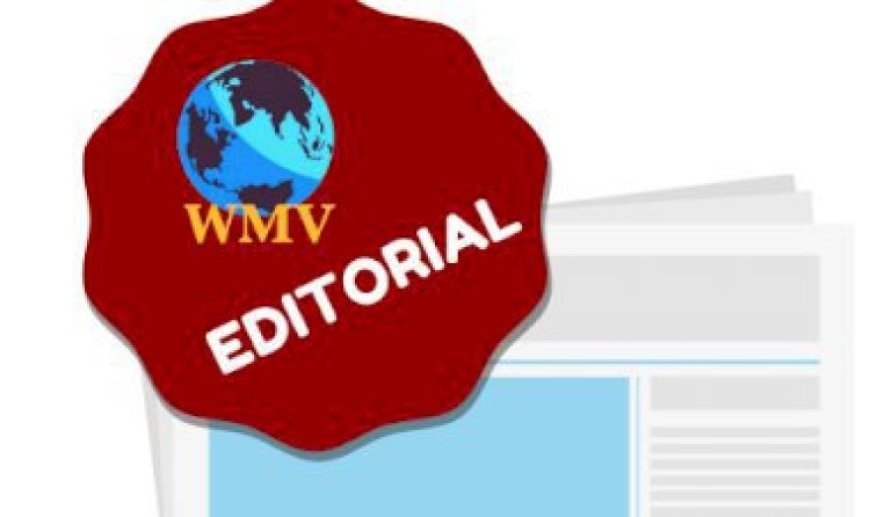
LAST time I wrote about Secular Democracy, which India, the USA, the UK, and most Democratic countries follow except a few. Now let us discuss the political systems in a secular democratic government.
We know the political system in India, the Central government where majority members of the parliament elect their leader who becomes the Prime Minster or the Chief Executive. Prime Minister appoints a cabinet consisting of members of Parliament from the ruling majority.
The same system is followed in the States where the majority of members of the Assembly elect their leader who becomes the Chief Minister or the Chief Executive. The legislative leader becomes the Chief Executive, and the legislative wing and the executive wing are combined, the two important functions of the democratic government.
The judicial system or the judges are nominated and appointed by the ruling party.
The ceremonial president is elected by the legislative bodies, members of the parliament and members of the State Assemblies. The ruling party nominates or appoints State governors, which is approved by the President of India, and the governors report to the President.
The biggest group of administrative people who controls the operations of the government is the IFS, IAS, IPS and IRS cadres. They follow the directives of the ruing cabinet, but a stable form to continue regardless which party wins the majority.
Then there is the civil servants in different cadres who help continue the functions of the government. Political parties are not part of the government, except one party or a coalition of several parties get the majority to rule; they have influence in the government.
India has successfully maintained its democratic system of government.
Let us look at the system in the United States of America. It is a presidential system, not a parliamentary system. The US President, the State Governors and City mayors are elected directly by the people and they are the Chief Executive officers at various levels.
The Chief Executive can nominate the cabinet from the unelected general public, which should be approved by the legislative upper body. There are two bodies, the upper body of US Senators, two for each state, total 100 for 50 States, elected for 6 years with two-third retiring every two years.
Then there is the US House of Representatives, total 435 members representing districts divided based on population, with only a 2-year term. Similarly States have the upper body, Senate and lower body, Assembly. The executive branch and the legislative branch are separate.
The judicial system is separated for the Federal Government, State Government and local government. The federal judiciary has three levels, the District level representing mostly one State, part of a State or couple of States based on population, the appellate courts where one can only argue the merits of the case and the constitution and the US Supreme Court where the argument is strictly on the constitution of the case.
There are State courts for State laws on two levels, the superior courts at County (District) levels and State Supreme Court. Then there are Municipal courts, which are mainly for petty cases and traffic violations.
Federal judges are nominated by the President and approved by the US Senate. In States, in some cases they are nominated and in some states they are elected. Municipal judges also are either elected or appointed.
In the US there are only two main parties, the Democratic Party and the Republican Party. There is a primary election process to select the party representative at the Federal, State and County levels. The head of the County Law Enforcement person is the Sheriff who enforces the State Law.
We can look at other democratic systems also briefly. Let us start with Japan. Following World War II, the role of Japan’s imperial family has gone from one holding absolute power to that of a figurehead and ambassador for the country on domestic and international affairs; just ceremonial duties like the President of India.
The Prime Minister of Japan is the Executive head of government. The Prime Minister is not elected by the direct vote of citizens, but appointed by the Diet, like the Parliament in India. The Prime Minister will be the leader of the ruling party. The Diet of Japan consists of an upper house, he House of Councillors, and a lower hue, the House of Representatives.
The Federal Republic of Germany is a constitutional republic with the Federal President as the Head of State with limited political power. The head of government is the Chancellor, who needs to gain a majority support or retain the confidence of the all-powerful lower house of parliament, BUNDESTAG.
There is an upper house of parliament, the BUNDESRAT that consists of 69 members representing the federal states. Each state gets between 3 and 6 representatives. The Bundestag, the electoral system, elects members proportional or personalized proportional system. Out of the 598 members, half (299) are small, territorial compact constituencies that elect a single member who gets the majority. The other half of the seats are allocated using proportional representation, which is a complicated calculation. Definitely the party gets more votes should get the most representation.
The United Kingdom (England) is a constitutional monarchy, similar to Spain, the Netherlands, Japan and United Arab Emirates (UAE). UK is a parliamentary democracy where the leader of the ruling party becomes the Prime Minister, who holds the executive power. Two chambers exercise legislative power, the lower chamber, the House of Commons, is made up of 650 members of parliament. The upper House, the House of Lords, makes up a mixture of appointed and hereditary peers. The number of members in the House of Lords is not fixed. Currently, there are 80 members.
Let us look at Pakistan. Since independence and after the death of its first head of State Mohammad Ali Jinnah and subsequent assassination of its first Prime Minister Liaquat Ali Khan in 1951, there was instability. In 1956 a constitution was passed establishing Pakistan as a Republic.
Thereafter, several Army Generals took over power, waged wars with India and there was instability in government. The 1973 constitution declared Pakistan as the Islamic Republic of Pakistan. President is the head of State, elected through an Electoral College comprising members of the Senate, National Assembly and Provincial Assemblies.
The president acts according to the advice of the Prime Minister, and could be removed on the grounds of physical or mental incapacity or impeached on charges of violating the constitution or gross misconduct by a two-thirds vote of the members of parliament.
As you can see, all these democracies elect their representations through vote of the citizens and the majority leader becomes the head of state even though every one of them has different types of political systems. The important aspect of the political system is that it should work without a breakdown. Political parties and its leaders should believe in the political system they represent, support policies that help the people and keep the government strong and not be corrupt.
